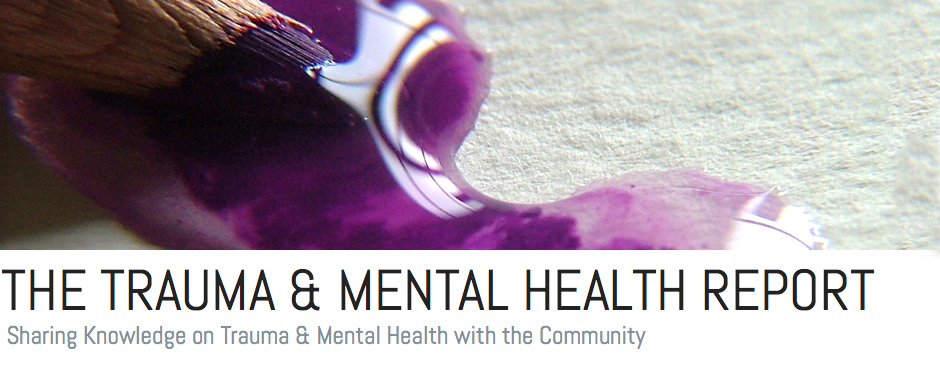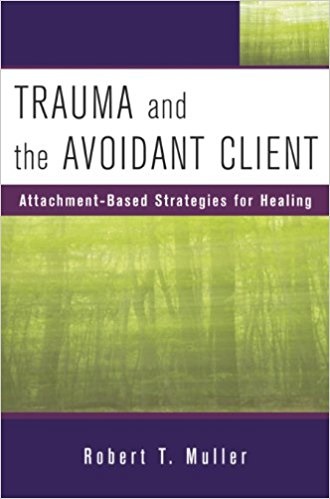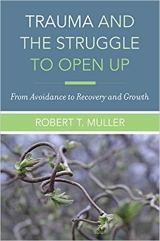
Trauma Therapy is Challenging for Individuals with Aphantasia
“While most places your mind saves JPEGs, mine has text files instead.” This is how Mike (name changed for anonymity) describes living with complete aphantasia. Coined in 2015, aphantasia affects approximately 4% of the population and is a condition characterized by the brain’s inability to visualize or imagine images. Though not classified as a disability or medical condition, it has a profound impact on Mike’s daily life.
Mike describes how frequently visualization is essential in daily interactions, work, and education. Phrases like “just picture it in your mind,” “visualize yourself,” or “recall a time when” are common, but for Mike, the lack of his ability to visualize makes tasks like spatial awareness difficult or even impossible. We rely on the brain’s ability to form mental images far more than we realize. Tasks which most take for granted, such as decorating and design are extremely difficult, and even fashion and sizing is entirely trial and error.
UK researcher Bridget Mawtus from Edge Hill University suggests that for individuals who develop aphantasia later in life, it may be a protective response to trauma. Registered psychotherapist Cheryl Diver, who lost the ability to visualize as a child following sexual trauma, shared that developing aphantasia felt like losing a piece of her creativity. She described the experience as “having an artist’s soul but being unable to paint the sunset because I can’t picture it.”

A 2020 article in Nature suggested that individuals with aphantasia may be protected against some trauma symptoms. They may benefit from a reduced susceptibility of reliving traumatic events during flashback episodes or nightmares, as these symptoms are highly visual in nature. However, this is not always the case as recent research by Mawtus and colleagues found that post-traumatic stress disorder (PTSD) is just as prevalent in individuals with aphantasia as it is in the general population.
In Mike’s experience as both an individual with aphantasia and someone diagnosed with complex post-traumatic stress disorder (c-PTSD), he does not find any advantage to his lack of visualization in relation to his c-PTSD symptoms. In fact, it has made recognizing his symptoms and addressing his trauma much more difficult.
Registered social worker Brie Schinkel, who has experience working with aphants, echoed these sentiments. She states that aphantasic individuals may not even realize they are experiencing a flashback due to the absence of a visual component. As a result, they often need to learn to recognize other signs and symptoms, such as auditory hallucinations, emotional distress or dysregulation, and rigid thinking.
Schinkel also notes that many individuals with aphantasia don’t experience nightmares in the typical sense which includes visual imagery of upsetting or disturbing scenes. Instead, they may wake up feeling anxious, often without understanding that they were dreaming, adding to their confusion and distress.
For Mike, this brings an overwhelming sense of terror, and inescapable physical pain including symptoms like cold sweats, dizziness, blurred vision, rapid shaking, and heightened, painful hearing. Though more common during his sleep, these experiences feel like a distinct loss of autonomy. He compares it to “being trapped in a torturous prison of the mind that I cannot see, but my nervous system feels like it’s been overwhelmed, co-opted, dominated, haunted.”
Treatment in trauma therapy can be especially challenging for individuals with both aphantasia and c-PTSD, as visualization techniques are often integral. Schinkel explains she has “historically used visualization as a tool for grounding, managing anxiety, navigating interpersonal conflict, and cultivating finding a felt sense of safety–skills essential in trauma treatment.” Other trauma-focused approaches, like eye movement desensitization and reprocessing, rely on imagery to alleviate c-PTSD symptoms, but they are often ineffective and alienating for those with aphantasia.
A major gap in addressing aphantasia from a therapeutic lens is that many practitioners are unfamiliar with the condition. As Mawtus and her research points out, out of the aphants accurately diagnosed with a mental health condition, only 3% reported their mental healthcare professional properly understood aphantasia. And the findings relayed that for those with aphantasia, flashbacks marked by emotional disturbances, accompanied by auditory distortions and bodily sensations, can resemble the symptoms of other mental health disorders like borderline personality disorder or dissociative identity disorder, increasing the risk of misdiagnosis.

Despite these challenges, there are a few alternatives to visualization that often involve other sensory-based or narrative approaches. Using grounding objects, music, or aromatherapy can help bring clients back to the present and achieve a sense of safety. Further, role-playing and physical rehearsal are ways to aid in coping with distressing situations, as well as to bring the body and somatic memory together. Finally, tracking mood throughout the day, especially before bed and when waking up, as well as monitoring sleep patterns for disruptions can help clients identify the occurrence of flashbacks and nightmares.
Still the need for well-informed and appropriately trained mental health professionals remains clear. Mawtus reflects on the many emails she received from individuals who once believed they were “broken” because traditional therapies had not been effective for them. After working with her, they realized they simply needed a specialized approach to address their trauma.
Mike’s collective experiences with mental healthcare professionals regarding his aphantasia has been mildly patronizing. Their replies of “oh, that’s neat, thanks for sharing!” suggested to him they did not necessarily know what to do with the information.
Mawtus says that the therapists she found that tended to work better for people with aphantasia were those who were trained to be inquisitive, curious, and ask questions rather than assume. And the most important aspect of successful trauma therapy for individuals with aphantasia is they all had one person who truly listened to them and their experiences instead of disregarding them. The simple act of being heard can make all the difference in the journey toward healing.
– Divya Bhupal, Contributing Writer
Image Credits:
Feature: Photo by Greg Rosenke on Unsplash, Creative Commons
Body Image 1: Photo by Savannah B. on Unsplash, Creative Commons
Body Image 2: Photo by Towfiqu barbhuiya on Unsplash, Creative Commons



